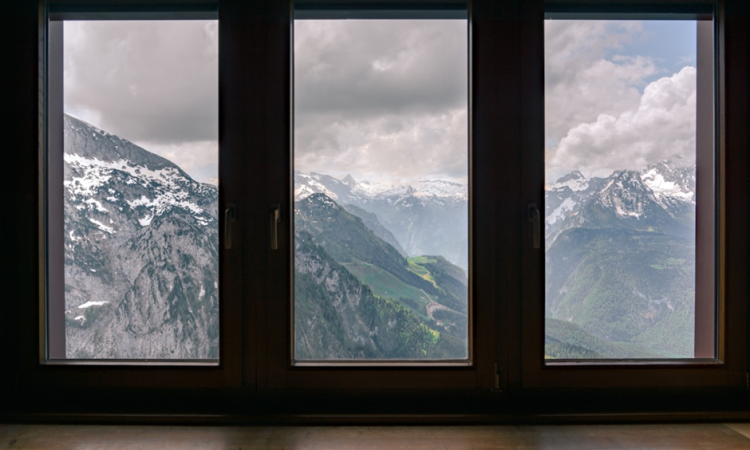What “PVC” and “Vinyl” Mean in Window Manufacturing
When you compare PVC windows vs vinyl windows, you often look at two names for one core material. PVC is a rigid form of polyvinyl chloride used in construction. In window manufacturing it appears as uPVC, a stable, non-flexible version designed for strength and insulation. The term “vinyl windows” usually refers to PVC profiles enhanced with stabilizers and additives that improve durability and color consistency.
PVC provides the structural frame. Well-designed profiles use multiple internal chambers that trap air, increase stiffness, and improve thermal performance. Strong corner welds and steel reinforcement support long-term stability. These features are common in European-style systems found in modern PVC windows, which focus on chambered profiles, tight seals, and high insulating potential.
Performance: durability, insulation (U-factor), and noise reduction
When you look at vinyl vs PVC, focus on how each frame performs across your daily conditions. PVC is resistant to moisture, corrosion, and rot, which makes it a practical choice for most U.S. climates. Its real-world durability depends on the thickness of the profile walls and the type of UV stabilizers used. High-quality vinyl blends stay rigid in cold temperatures and resist fading during long sun exposure.
PVC’s multi-chamber design helps lower the U-factor by slowing heat transfer through the frame. If you add double or triple glazing, low-E coatings, or laminated glass, you increase insulation even more. This same structure also reduces noise. Homeowners living near highways, rail lines, or busy neighborhoods often notice a clear improvement in everyday comfort when switching to PVC-based frames.
Cost Comparison and Lifecycle Value
Vinyl windows in the U.S. are known for being cost-effective. They sit below fiberglass and wood in price while offering solid insulation and low upkeep. You rarely need more than mild soap and water to maintain them. Because PVC does not absorb moisture, you avoid repainting, caulking, or sanding.
Lifecycle value matters when you think beyond the first year. PVC’s energy performance can reduce heating and cooling costs over time. Frames with thicker walls, stronger seals, and better glazing combinations often deliver the best long-term savings. The trade-off is thermal expansion: PVC expands more than aluminum or fiberglass, so the frame must be properly engineered to stay stable. A well-reinforced vinyl window handles this without trouble.
Aesthetics & Customization Options for American Homes
Today’s vinyl windows offer far more than plain white frames. Manufacturers produce a wide range of finishes, including wood-grain laminates and neutral tones that match American architectural styles. You can choose casement, tilt-turn, sliding, or large picture windows depending on your home’s layout.
For homeowners who want clean lines and solid hardware, PVC systems with multi-point locking and narrow profiles bring both style and function. These features make the window feel sturdy, smooth to operate, and secure. Because PVC holds shape well, it’s also suitable for custom shapes—arches, trapezoids, or oversized fixed panels.
Which to Choose by Climate / Region
Your climate strongly influences whether basic PVC or a more advanced vinyl blend is the better fit.
- Northeast / cold regions: Choose multi-chamber PVC frames with high insulation and triple glazing. These reduce heat loss and improve comfort in long winters.
- Southwest / hot and sunny regions: Look for strong UV stabilizers and reinforced profiles. Frames should resist high heat, intense sun, and daily temperature swings.
- Urban areas: Opt for vinyl windows with laminated or triple-pane glass for stronger noise reduction.
- Humid coastal zones: PVC performs well because it won’t rot, peel, or corrode in moist air.
PVC and vinyl are closely related, so your choice often comes down to build quality, reinforcement, glazing, and climate needs. If you want stable insulation, low maintenance, and modern design options, high-quality PVC-based windows deliver a strong balance of performance and value.

